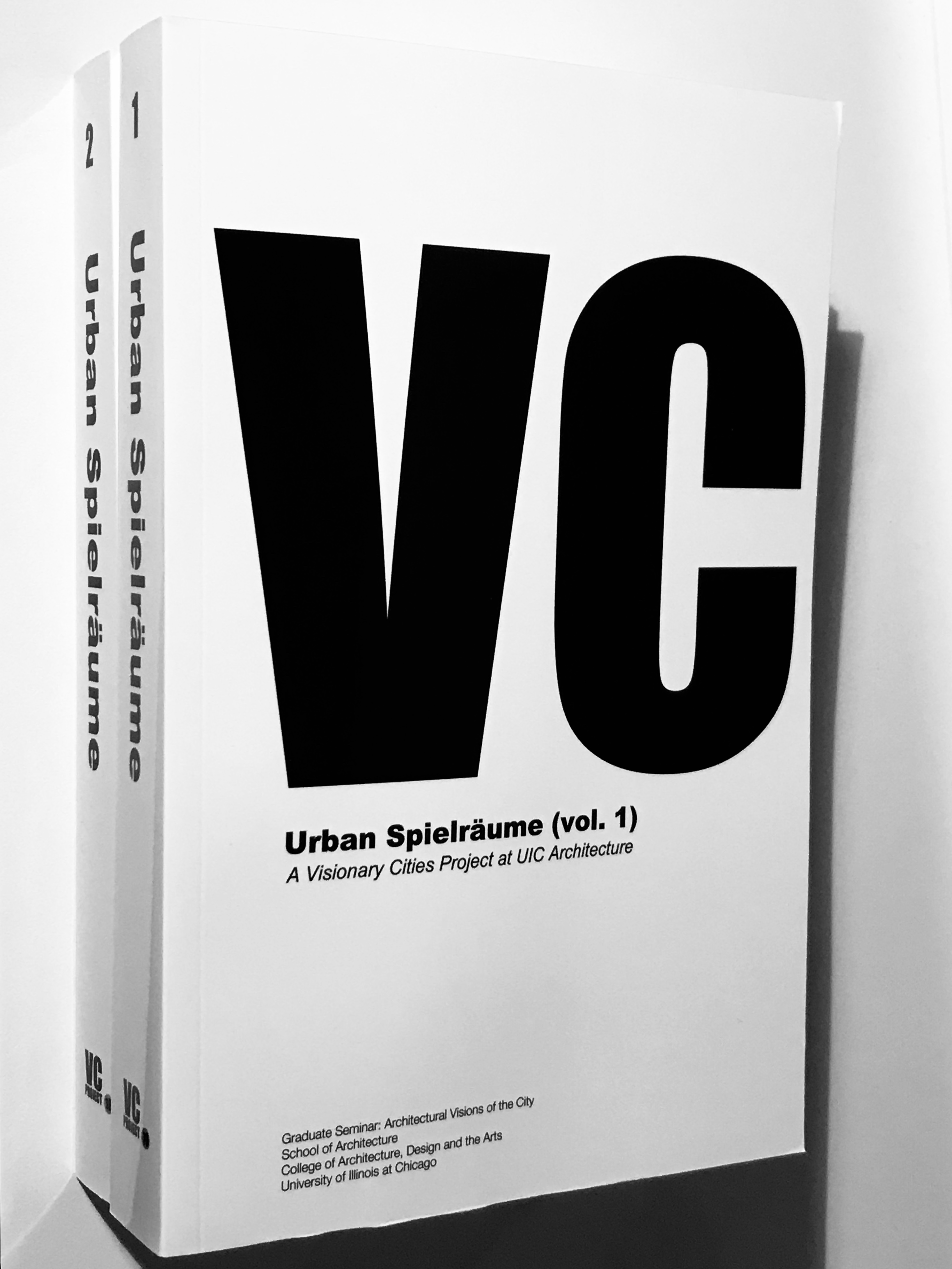Urban Spielräume (research project)
This project establishes a catalog of urban spaces that encourage alternatives to the way we commonly interact with the city. These spaces might best be described by the German term “Spielraum,” which literally translates as “room for play” but in fact encompasses multiple meanings that range from “space to maneuver” via “margin” and “clearance” to “leeway.” We can find these Spielräume where the city opens up to make space available for the unfolding of different forms of inhabitations. The research posits that these conditions have the potential to suspend, slow down, or divert conventional uses and encourage other forms of engagement. They often occur where the city is inhaled into architecture or where architecture extends into the city—where one is infused by the other. We detected these architectural-urban interfaces across history; at the public bench of Alberti’s Palazzo Rucellai façade, the square of Semper’s Kaiserforum that steps aside from the Ringstraße, and the Indian Stepwells of Jaipur that simultaneously function as irrigation reservoir and vertical public plaza; but also in Berlin’s 19th century courtyards, Paris’ early arcades, and Tokyo’s nested public spaces within building compounds.
The exhibition and two-volume catalog account for more than thousand of Spielräume at the intersection between architecture and the city. The semester-long research was conducted in 2017 with a group of graduate students at the University of Illinois at Chicago.
Team: Juan Andrés Suarez (coordinator + curator)


